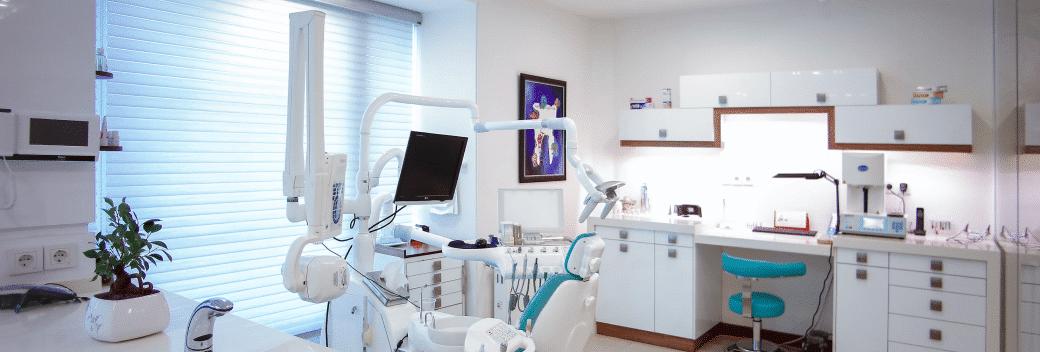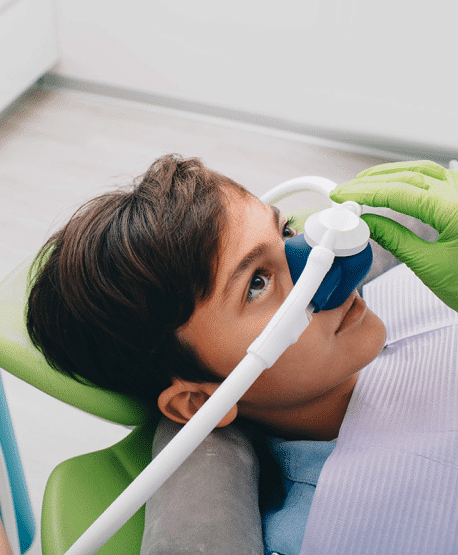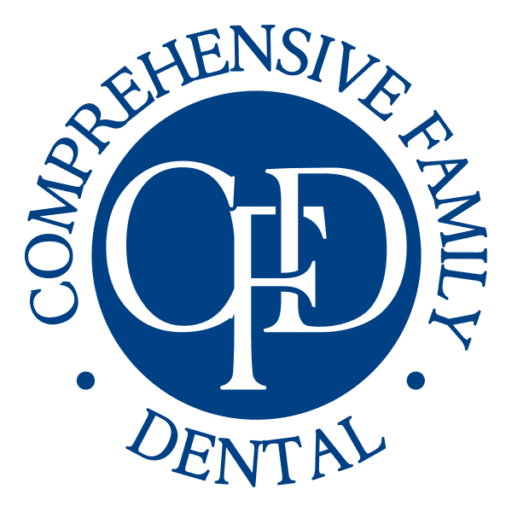Patient Information & FAQs
Full-Service Family Dentistry
Health Focused Dentistry and Orthodontics
If you are concerned about the hygienic standards of dental offices, we understand. We make sure that our practice exceeds all ADA and OSHA recommended standards for cleanliness and safety.
We Pride Ourselves On Exceeding Recommended Standards For Cleanliness and Safety
If you are concerned about the hygienic standards of dental offices, we understand. We make sure that our practice exceeds all ADA and OSHA recommended standards for cleanliness and safety. We have a dedicated area where every dental instrument is wrapped and disinfected with advanced sterilization technology before your visit. Each room is also sanitized between dental patients so that there is no need for concern about sterility.

New Patient Information
We empower you to make smart choices for your oral health through information and thorough consultation, easy and accommodating financing, and comfortable facilities and care. We also make sure that we are fully informed about your medical history, current medications, and other factors that might affect your dental health and treatment.


Flexible Financing Available
If you need important dental treatment, or if you are excited about a cosmetic procedure, third party financing can help alleviate any financial stress. We partner with CareCredit® and can help you navigate the easy application process. CareCredit is one of the leading healthcare credit cards accepted at over 175,000 providers nationwide. Pay upfront for necessary procedures and make affordable monthly payments that work with your budget. CareCredit financing is flexible, convenient, and the application process is simple.
Frequently Asked Questions
Comprehensive Family Dental does not use silver amalgam fillings. The American Dental Association still supports the use of this material, however, we believe the tooth-colored materials are functionally more advantageous, even aside from the lack of mercury exposure.
For one thing, most people do not realize that silver is not bonded to the tooth. In most cases, it stays in the tooth because the hole that it fills is larger at the bottom than at the top. That means that healthy tooth structure is removed just to keep the silver in place, hence a larger filling usually. The tooth-colored composite bonds to the tooth in any shape, we are therefore able to keep the preparation much smaller which is healthier for the tooth.
As a family dentist in Victoria, TX, I get lots of questions from concerned parents about the loud grinding of their child’s teeth, usually while sleeping. This can cause visible flattening of the tops of the teeth in some cases. Unlike an adult, we cannot make them a bite splint since they are growing and their palate is expanding.
One of the more common, yet not widely known, causes of this childhood tooth grinding is constriction of the airway. If the tonsils and/or adenoids are very swollen, it narrows the passage that air has to flow into the lungs. The easiest sign to look for is the child sleeping with their mouth open or mouth breathing while awake.
We are designed to breathe through our nose while sleeping. In that position, the tongue rests on the roof of the mouth. In a child, this helps to naturally expand the palate and all the teeth in the arch. If they are breathing through the mouth, there is a tendency for some children to grind their teeth in some sort of response to the mouth breathing. The teeth can also become more crowded. It is important that this is addressed early on if suspected. Usually, treatment or dental service will involve allergy testing and sometimes tonsil removal by an ENT.
Although some dental sealants and fillings will contain BPA (bisphenol-A) or materials that break down to BPA, our filling materials do not. We have verified with the manufacturers of our filling materials that none of our filling or sealant materials will release any BPA into our dental patients’ mouths.
At Comprehensive Family Dental, we will accept and file any dental insurance that will allow us to do so for our patients. There are numerous different types of dental insurance that all have different guidelines. If you live in Victoria, the best way to find out is to call us and speak to one of our front desk coordinators and they can do a complimentary dental insurance benefits evaluation.
Call it bad breath or halitosis, it’s an unpleasant condition that is cause for embarrassment. Some people with bad breath aren’t even aware there is a problem. If you are concerned about bad breath, see your dentist. If we determine that your mouth is healthy, you may be referred to your family doctor or a specialist to determine the cause of bad breath.
At Comprehensive Family Dental, we can help identify the cause and, if it is due to an oral condition, develop a treatment plan to help eliminate it. Maintaining good oral health is essential to reducing bad breath. Schedule regular dental visits for a professional cleaning and checkup.
Bad breath can also be caused by Xerostomia or dry mouth. This occurs when the flow of saliva decreases. Dry mouth may be caused by various medications, salivary gland problems or continuously breathing through the mouth. Xerostomia is a serious dental condition that can lead to rampant cavities that you should develop a plan with your dentist to treat.
Bad breath may be caused by a medical disorder, such as a local infection in the respiratory tract, chronic sinusitis, postnasal drip, chronic bronchitis, diabetes, or gastrointestinal disturbance.
Brush twice a day to remove food debris and plaque. Brush your tongue too, especially the very back part toward your throat. Once or twice a day use floss or an interdental cleaner to clean between teeth.
Flossing is important. According to studies, it has been stated that it could possibly add up to 2 years to a life. Oftentimes when people floss, they may not be getting the full benefit because of dental technique.
In life, we are exposed to radiation from various sources, such as airplane travel, minerals in the soil, and appliances in our homes (microwaves and television screens).
- Source Estimated Exposure (mSv*)
- Man Made Dental X-rays Bitewing radiographs Full-mouth series 0.0380.150
- Medical X-rays
- Lower gastrointestinal tract radiography
- Upper gastrointestinal tract radiography
- Chest radiograph 4.0602.4400.080
- Natural Cosmic (Outer Space) Radiation Average radiation from outer space In Denver, CO (per year) 0.510
- Earth and Atmospheric Radiation Average radiation in the U.S. from Natural sources (per year) 3.000
Source: Adapted from Frederiksen NL. X-Rays: What is the Risk? Texas Dental Journal. 1995;112(2):68-72.
*A millisievert (mSV) is a unit of measure that allows for some comparison between radiation sources that expose the entire body (such as natural background radiation) and those that only expose a portion of the body.
Many diseases of the teeth and surrounding tissues cannot be seen by the naked eye when your dentist examines your mouth.
An X-ray examination may reveal:
- small areas of decay between the teeth or below existing restorations (fillings)
- infections in the bone
- periodontal (gum) disease
- abscesses or cysts
- developmental abnormalities
- some types of tumors
Finding and treating dental problems at an early stage can save money, time and unnecessary discomfort. Detection of damage to oral structures is not visible during a regular dental service or exam. If you have a hidden tumor, X-rays may even help save your life.
How often X-rays should be taken depends on the patient’s individual dental health needs. Your dentist will review your history, examine your mouth and then decide whether you need radiographs and what type.
It is important to recognize that just as each dental patient is different, the scheduling of X-ray exams must be individualized for each patient. If you are a new patient, the dentist may recommend radiographs to determine the present status of the hidden areas of your mouth and to help analyze changes for the future. If you have had recent X-rays at your previous dentist, our dentists may ask you to have those radiographs forwarded.
Children may need X-rays more often than adults, because their teeth and jaws are still developing and their teeth are more likely to be affected by tooth decay.
When X-rays pass through your mouth during a dental service exam, more X-rays are absorbed by the denser parts (such as teeth and bone), than by the soft tissues (such as cheeks and gums). These rays then strike the film to give us a glimpse of the mouth, creating an image called a radiograph.
Teeth appear lighter because fewer X-rays penetrate to reach the film. Because of more X-ray penetration – infections, tooth decay, gum disease, including changes in the bone and ligaments holding teeth in place will appear darker. Depending on the type of material used for the restoration, dental restorations (fillings, crowns) may appear lighter or darker.
These radiographs allow the dentist to safely and accurately detect hidden abnormalities.
At Comprehensive Family Dental, many patients can have questions about dental X-rays and some patients are concerned about the possible effects of X-ray exposure. As a family dentist in Victoria, Texas, we know that X-rays are a useful diagnostic tool, showing us things we could not find with the naked eye.
Keep in mind that we use digital X-rays for some of our dental services, and the amount of exposure can be as much as 90% less than traditional dental X-rays.

